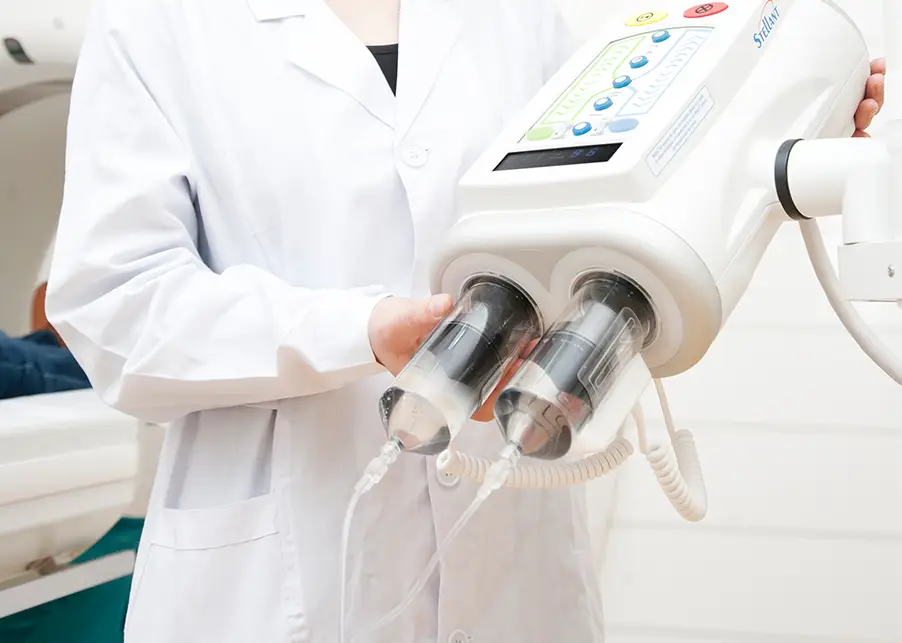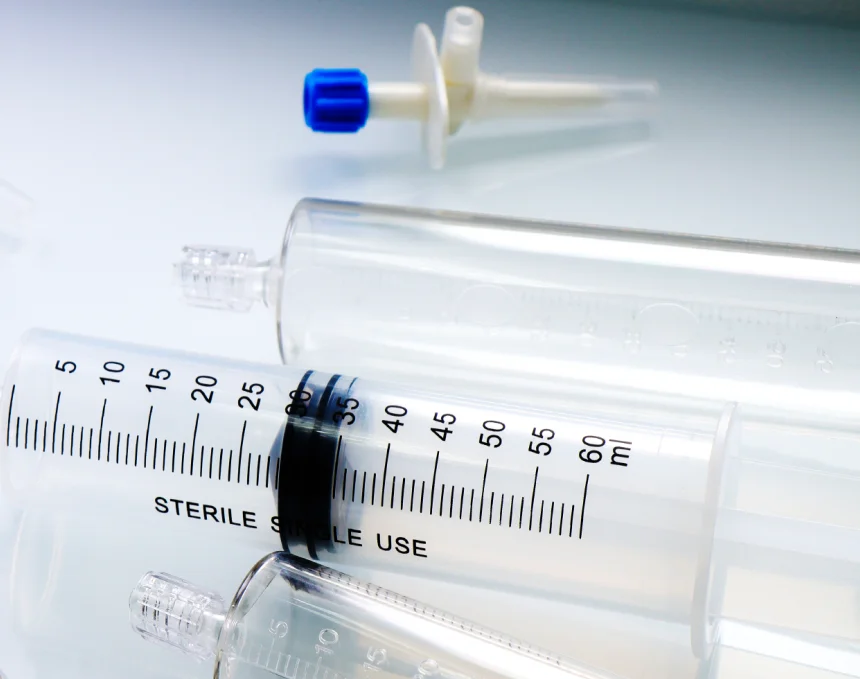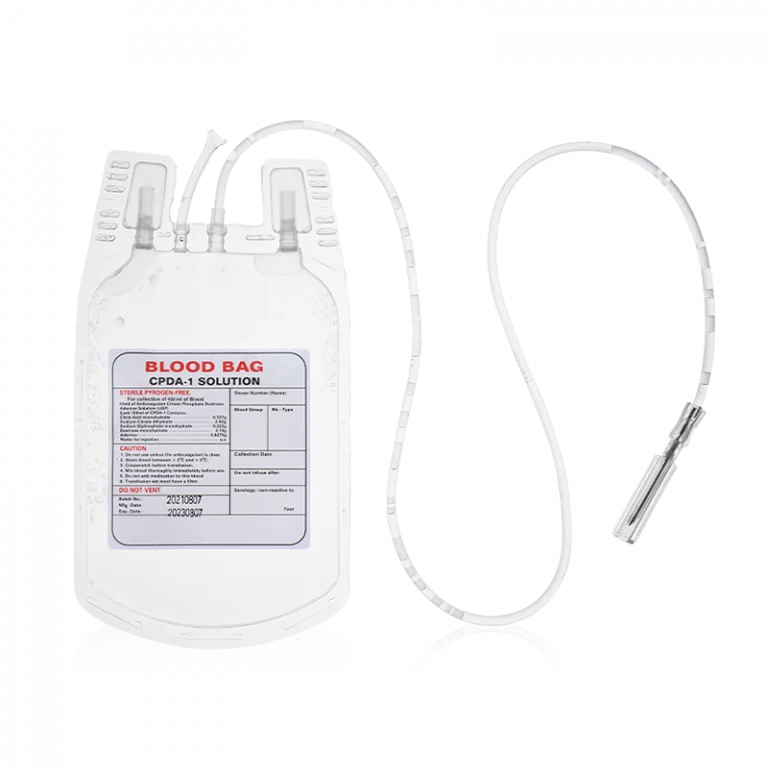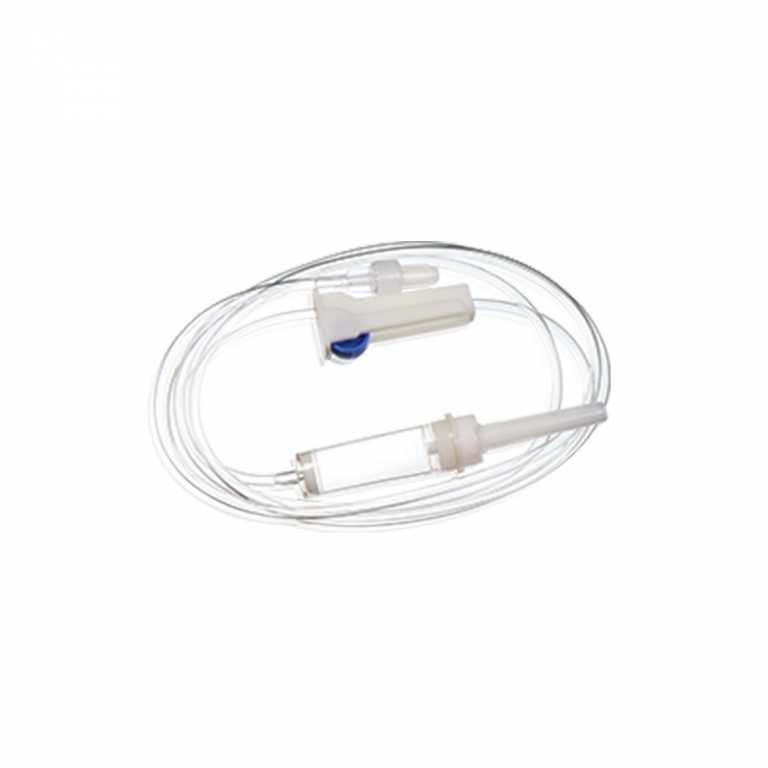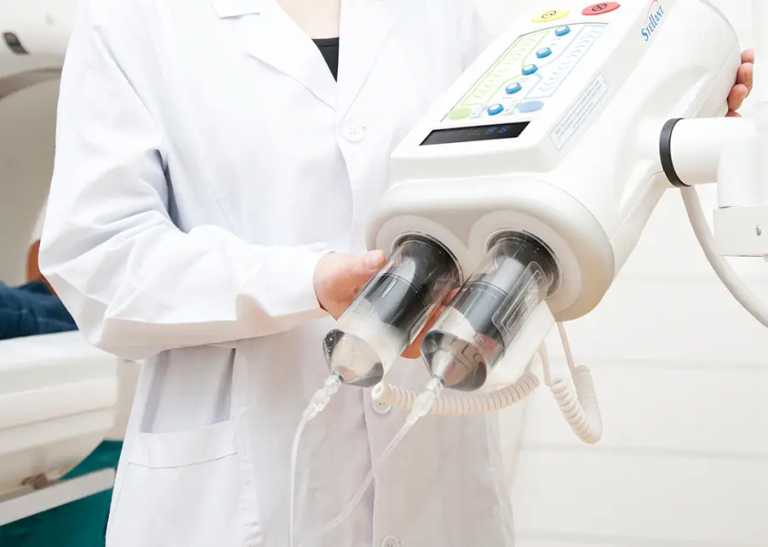Have you ever noticed the pressure limits on CT injectors? This detail might seem small at first glance, but it plays a crucial role in the success of angiography and in patient safety.
The pressure limit is the maximum pressure the CT injector is designed to safely handle. It is usually measured in “psi” and is selected by the operator based on the patient’s vascular condition, puncture site, and injection flow rate.
During the high-pressure injection of contrast agents, inappropriate pressure can affect the visibility of blood vessels in the scan. If the pressure exceeds the tolerance limit of the blood vessels, it may lead to risks such as contrast agent extravasation or vascular rupture.
Common Pressure Limits for CT Injectors
Most CT injectors operate within the pressure limits of 300 to 600 psi. You might find some specialized models that go higher, but 300-600 psi covers the vast majority of clinical needs.
In practical use, the injection pressure acting on the injector for CT scan is monitored and dynamically adjusted by the automated injection devices, primarily influenced by the following factors:
1. CT Tube
The size and length of the tube in the CT injector system affect the pressure required.
Longer or narrower tubes create more resistance to the flow of the contrast agent, which means higher pressure is needed to maintain the correct flow rate. On the other hand, a shorter or wider tube offers smoother flow and requires less pressure.
2. Contrast Agent Viscosity
High-viscosity contrast agents require greater pressure to pass through the tubing and vasculature at a given speed.
In CT examinations, iodine is used as the contrast agent. Iodine contrast agents have high viscosity, and in clinical practice, they need to be preheated. This can reduce their viscosity, thereby substantially lowering the required injection pressure at the same flow rate, enhancing both the safety and comfort of the injection.
3. Flow Rate
The needed flow rate also shapes the required pressure. Higher flow rates demand more force to push the contrast agent through the tubing and into the vessel. If the pressure is too low, the agent may not reach the desired speed or may distribute unevenly, which can reduce the clarity of the scan.
Therefore, in some high-flow-rate examinations, it is necessary to set a higher pressure limit and ensure selecting a sufficiently large and patent venous access.
What are the Risks of Inappropriate Pressure?
Operating too close to or exceeding the pressure limits of contrast injectors introduces significant risks, affecting both the success of the operation and patient safety.
1. Syringe Rupture
Excessive pressure can cause the syringe to break, leading to uncontrolled release of the contrast agent. This not only wastes the agent but could also cause injury and safety risks in the scan room.
2. Imaging Failure
If the pressure is too high, the injector device’s safety system will activate and reduce the flow rate to maintain the pressure within the limit. This may not achieve the required dose, leading to improper timing of contrast enhancement, undiagnosable scan results, and the need for repeat scans.
3. Increased Risk of Extravasation
If the injection pressure exceeds the venous wall tolerance limit, it may cause vascular rupture, forcing the high-viscosity contrast agent into the subcutaneous tissue surrounding the blood vessel.
This can lead to pain, swelling, and even tissue damage, which may require further medical intervention to address.
Choosing the Appropriate CT Injectors
Given these risks, selecting high-quality CT injectors is a crucial operational decision. You need tools to perform consistently and safely under pressure. This is where WEGO Medical’s range of contrast injectors stands out.
The high-pressure syringe is one of WEGO Medical’s most established product lines, manufactured since our company’s founding in 1992. Featuring:
- ISO, CE, and GMP certifications.
- Different pressure level options, including 145 psi, 300 psi, and 600 psi
- Compatible with Medrad, Libel Flarsheim, Nemoto, and Imaxeon angiography injector systems.
- Siliconized syringe barrels for smoother injection and longerpressure injector lifespan.
- High transparency PET material for clear visual inspection.
- Sterilized with ethylene oxide to maintain sterility and reduce pyrogenic reactions.
- Precision moulding using advanced machines, temperature-controlled systems, and high-grade raw materials.
- Accessories include connecting tubes, quick fill tubes, and spikes.
If you have any CT injector ordering needs, feel free to contact us!
FAQs
1. To avoid risks, is it better to choose higher-pressure syringes as much as possible?
Not necessarily. While higher-pressure angiographic syringes may seem like a safer option, they are usually used when the specific operations require them. The primary safety focus should be on the patient’s venous access, with equipment and parameters matched to the patient’s condition and contrast requirements.
2. What is the difference between the pressure rating of the injection system and the syringe?
The injection system pressure rating refers to the maximum pressure that a CT injection equipment can generate or the permitted upper limit. The syringe pressure rating, on the other hand, represents the maximum pressure the CT scan injector can physically withstand, beyond which there is a risk of rupture.
3. How to check the pressure rating of CT injectors?
The pressure rating of CT scan injectors is typically listed in the product specifications. You can also find this information in the user manual or on the product label. For more precise data or concerns, it is always a good idea to consult the manufacturer directly to ensure you are using the correct pressure settings for your equipment.
Wrapping-Up
Understanding the pressure limits of CT injectors helps protect patients and supports clearer, more reliable imaging. Proper pressure selection prevents complications such as angiographic syringe rupture, imaging errors, and extravasation.
For facilities looking for dependable solutions, WEGO Medical offers a range of high-quality CT injector syringes with multiple pressure levels and broad system compatibility. Contact us now for more detailed information!
